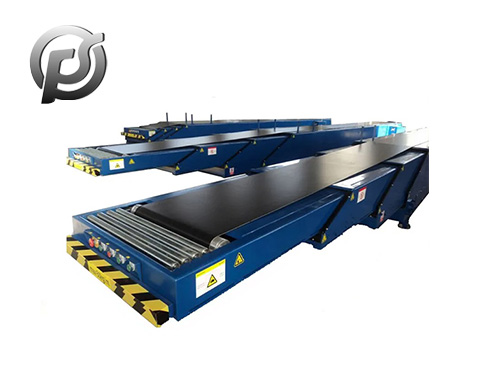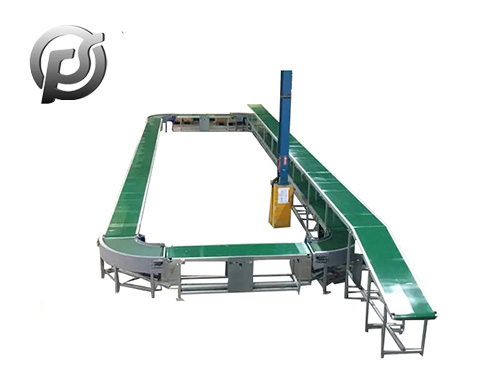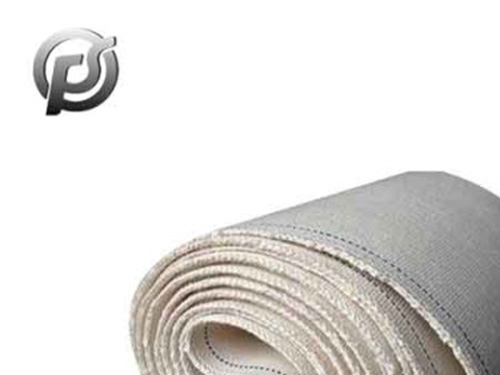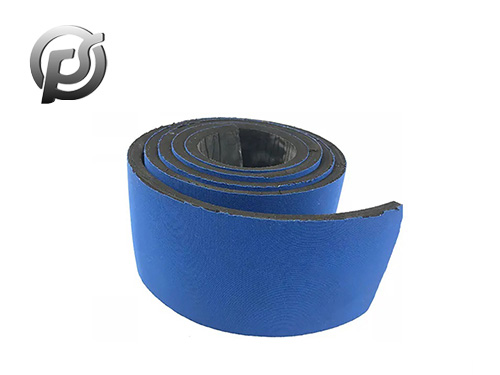Mobile
belt conveyor by fuselage frame, walking wheel, universal wheel, lifting device and so on. Under normal circumstances, the large body frame is made of steel pipe to reduce its weight and improve the mobility and lightness of the belt conveyor. The lifting device is electric lifting, which reduces the danger and operation intensity brought by artificial lifting.
Installation and debugging:
1. According to the dismantling and shipping of the mobile belt conveyor, the installation sequence in the using unit is as follows:
1) The front and rear racks are connected into a whole;
2) Install electric roller and electric control box;
3) Install tail wheel;
4) Assemble the pulley set and lifting device first, and then assemble the assembly with the frame;
5) Install each set of rollers;
6) Place the transport belt and make the joint;
7) Install spring cleaner and empty section cleaner;
8) Install the guide groove.
2, according to < DY type (lifting type) mobile belt conveyor installation technical requirements and matters needing attention > (Hyperlink) to perform installation operations.
3. Test run
1) Preparation and inspection before test run,
① All fasteners should be fastened and not loose.
② The insulation resistance between the motor stator windings and the frame in the electric drum should be greater than 5 megohm, the ground wire should be grounded reliably, and the lubricating oil should reach the height indicated by the oil surface line.
③ The reversing drum, roller, lifting device, running wheel, tail wheel and other places shall not run without lubrication.
(4) There are no obvious obstacles when the conveyor belt is pulled by hand.
2) Power on no-load test run, the time shall not be less than two hours.
3) During no-load test run, the following checks should be made:
① Click the buttons, the control should be effective.
The running direction should be correct.
The bearing temperature rise is not more than 40℃, and the highest temperature is not more than 80℃.
(3) The roller should be in contact with the conveyor belt and rotate flexibly. If there is no rotation, the hand hammer can be used to tap the roller (axial). If still can not be excluded, should disassemble inspection.
(4) The scraper of the cleaner, the rubber plate of the guide groove and the conveyor belt fit well.
⑤ Suitable tightness of conveyor belt, no deviation phenomenon, if the conveyor belt deviation, should be corrected according to the correct method.
The machine runs smoothly, no obvious impact sound or excessive noise.
4) Carry out the following checks after no-load operation:
(1) There should be no oil leakage at each lubrication place.
② The fasteners shall not be loose.
The whole structure should have no obvious deformation, and the performance of each component should be good.
5) Full load test can be carried out only after the no-load test is qualified.
Specification of Operation:
The operators of the mobile belt conveyor must be familiar with and abide by the operating rules, and bear the responsibility for the operation, maintenance and storage of the machine.
(1) Preparation before operation.
1) All fasteners should be securely fastened.
2) Check the lubrication of each part.
3) Clean the remnants and stolen goods on the machine.
4) No one or other equipment shall be placed under the cantilever end of the mobile belt conveyor.
5) When it is found that the air pressure of the tires of the wheel group is insufficient, it should be inflated in time.
6) If the ground is soft and the tail wheel sinks, steel plate or wood should be placed under the wheel.
7) The positioning pin of the pulley set of the lifting type mobile belt conveyor should be inserted.
(2) Operation and inspection after driving.
1) Check according to the requirements of no-load test run.
2) After qualified, the conveying operation can be started, and the feeding should be uniform according to the given conveying capacity. The material flow should be aligned with the center of the guide groove and the conveyor belt, the lumpiness of the material should not be too large, and the blanking height
Shall not exceed 2 meters, should be as far as possible to maintain continuous transmission, shall not have a large number of material dumping accumulation and other affect the work of the conveyor.
(3) First stop the material supply, wait for the load to be unloaded after the stop, cleaning and finishing work.
 Custom Conveyor Belts: Enhancing Efficiency and Productivity
Custom Conveyor Belts: Enhancing Efficiency and Productivity
 Stone Belt Conveyor: Efficient Material Handling Solution for Mining and Construction
Stone Belt Conveyor: Efficient Material Handling Solution for Mining and Construction
 Exploring the Dynamics of Conveyor Belt Manufacturing in China
Exploring the Dynamics of Conveyor Belt Manufacturing in China
 PE Conveyor Belts: Characteristics, Applications, and Advantages
PE Conveyor Belts: Characteristics, Applications, and Advantages